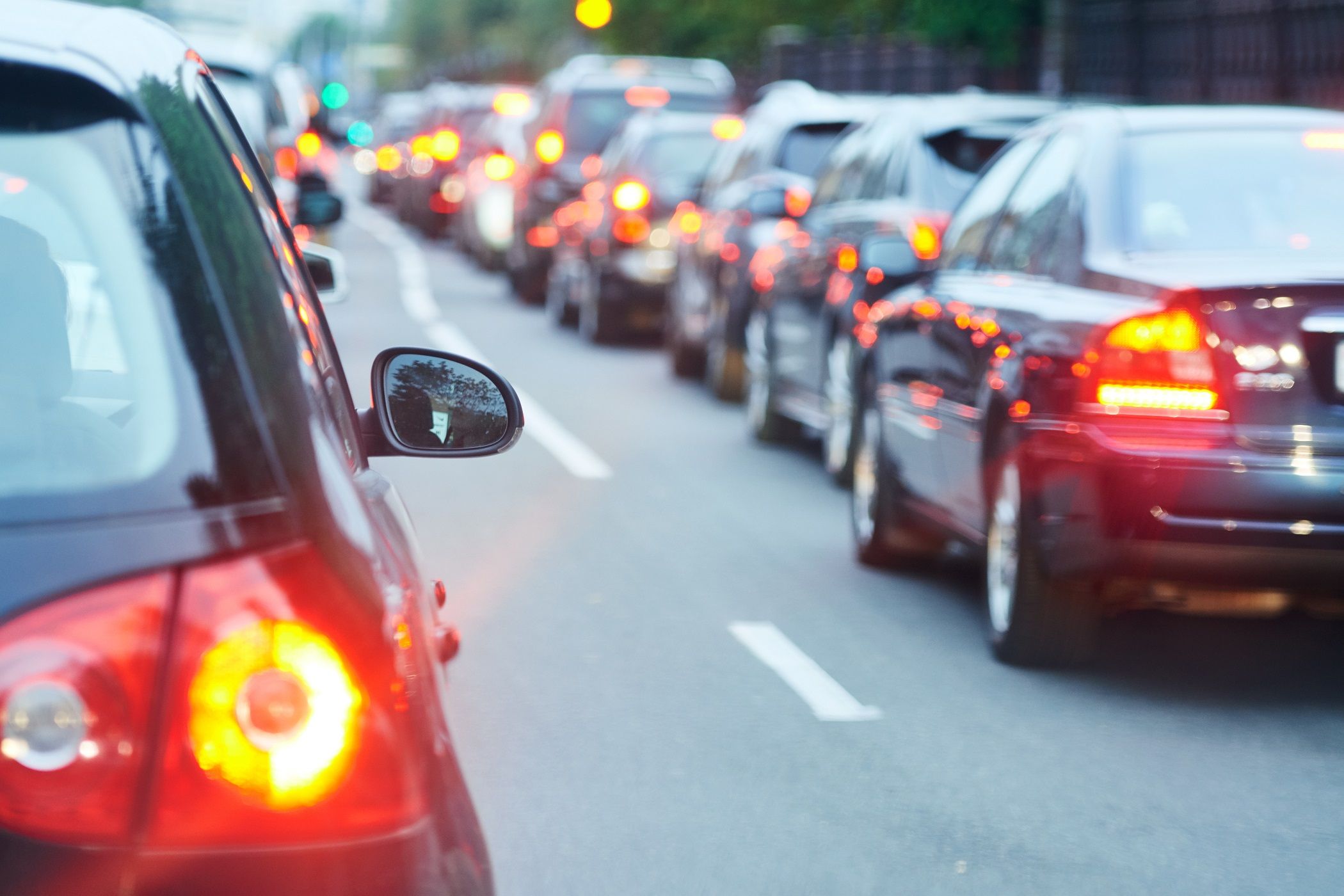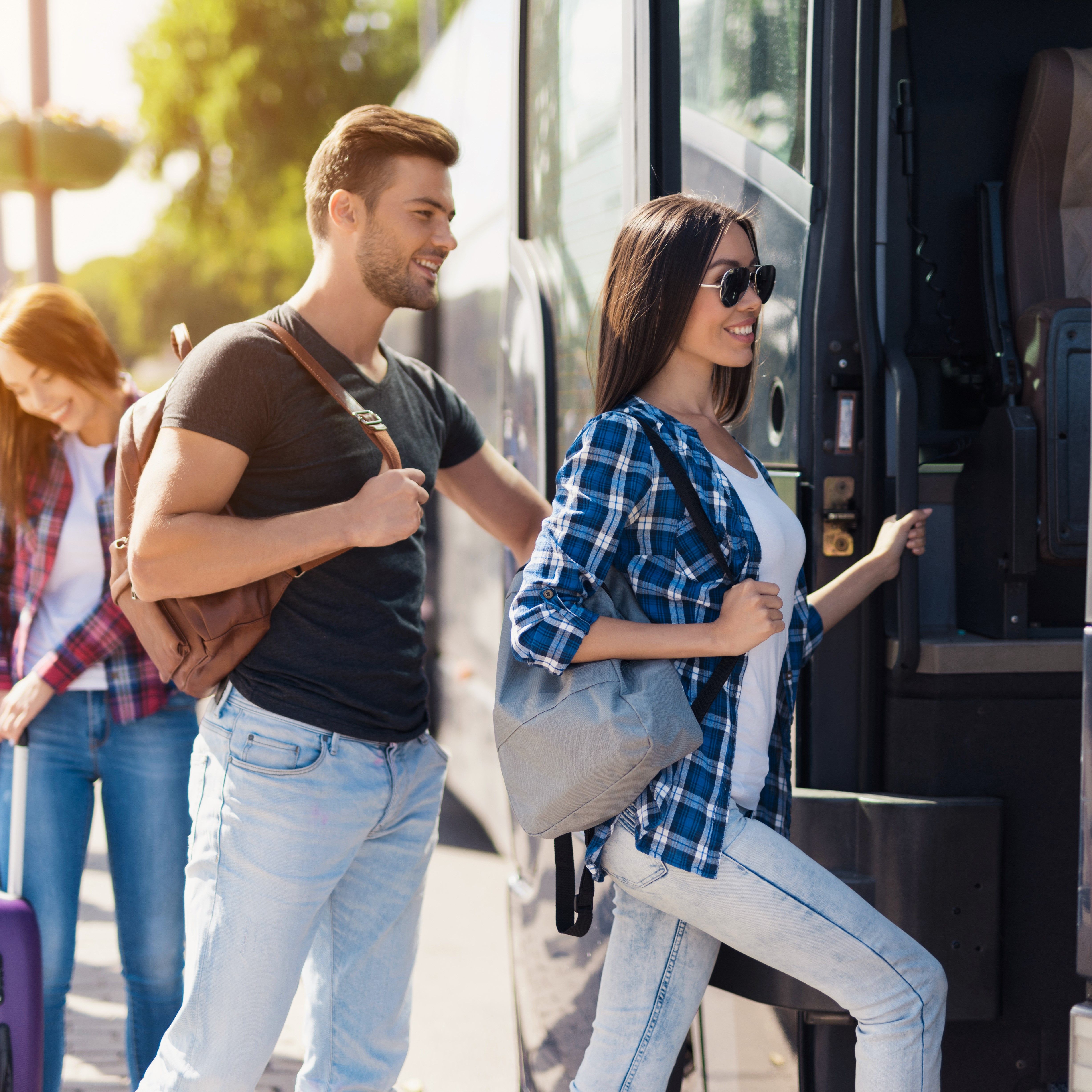ITS and pollution – here's how it works
Transport is one of the main sources of air pollution and the fastest growing source of fossil-fuel CO2 emissions, the largest contributor to climate change. To be able to reach the 1.5-degree climate target set by the Paris Agreement a lot of things must be done and changing the transport sector is one of them. Here is how ITS can help.
Create a better traffic flow and minimize the number of stops
The number of times vehicles stop and accelerate affects fuel consumption strongly. For example, every stopped vehicle consumes 0.05 kg of extra fuel and emits an additional 0.15 kg of CO2. How the traffic signals work is affecting the traffic a lot - well-functioning traffic signals can reduce fuel consumption and CO2 emissions by 10-20 percent. With ITS, smart traffic lights can customize signals to make the traffic as streamlined as possible and create green waves and minimize the standstill time. It can also specify the prioritizing in different ways, for example prioritizing heavy vehicles. Another function that cities can use is the ability to identify where air quality is below or within the planned thresholds and allow it to create strategies to take early action before the level becomes a problem. It is also possible to collect data from several sources, monitor and identify trends and predict when a pre-set threshold will be reached.

Reducing unnecessary driving
Unnecessary driving can be addressed from many angles and one of them is the fact that as much as 30 percent of the traffic in certain urban areas are just drivers looking for available parking spots. This is traffic that could be easily reduced. Within the field of ITS, there is something called parking guidance solutions, a technology that guides drivers to available parking spots faster and therefore results in less unnecessary driving and pollution.
Making public transport and cycling more attractive
When people make the decision to leave the car at home in favor of the bus or the bicycle is, of course, better for the environment. A bus can carry more passengers and therefore it is more fuel-efficient and reduces emissions per capita. The option of public transport and cycling must be more attractive to make this an easy choice. With the help from ITS, priority can be made for buses and bicycles. Priority can be made on whether the bus is on time or not and buses with more passengers can get priority over buses with fewer passengers. This makes the bus ride more reliable with reduced unnecessary stops, which offers a smoother and safer ride.

Avoid building new infrastructure
An obvious reason how ITS can help in the climate crisis is by its ability to utilize the existing infrastructure. ITS and subsystems are relatively easy to install and do not require large investments compared to building new roads. In that way, it is an investment in what we already have and a sustainable option. A function that cities can use is to automatically apply reduced speed limits on main commuter routes into the city and advise commuters to switch to so-called park and ride facilities, parking lots with public transport connections.
SWARCO MyCity
MyCity is SWARCOs' new modular Traffic Management Platform for whole cities, no matter the size. This continuously growing platform allows you to work from a single sign-on system, with various user rights and lets you add new features at any time.
Read more about SWARCO's traffic management solutions